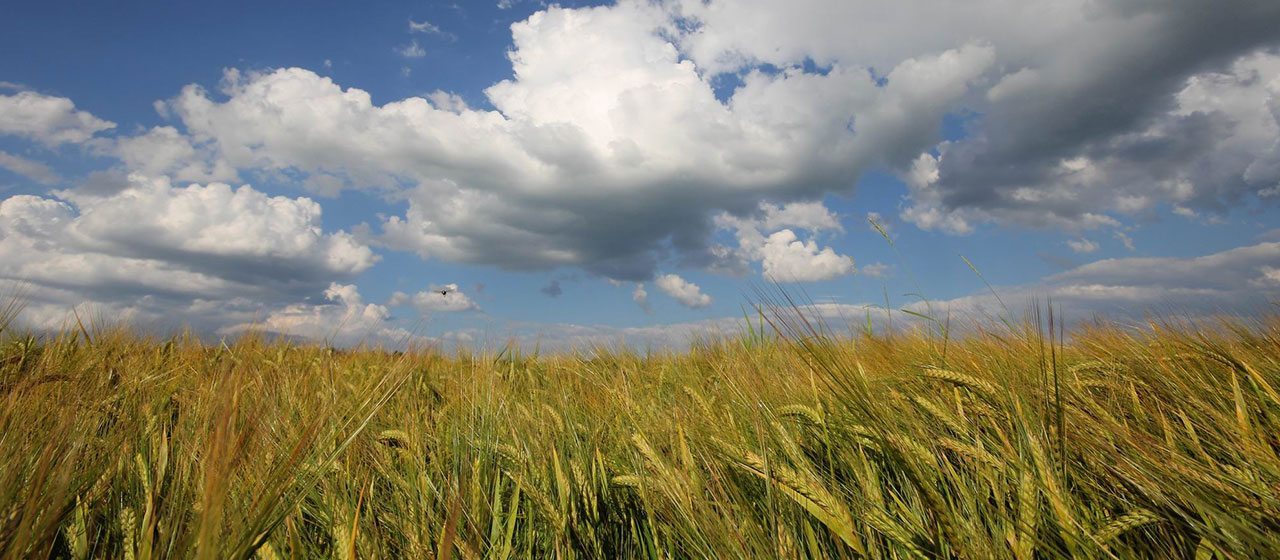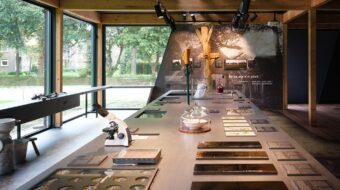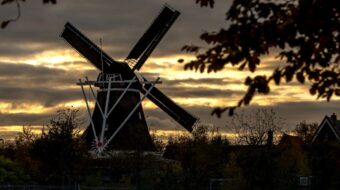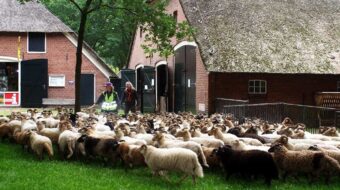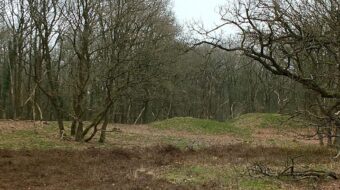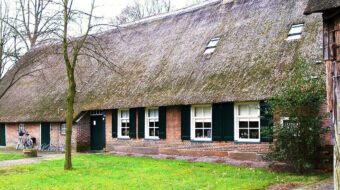More than 5000 years of farming on the Hondsrug
From about 5000 years ago the first farmers started to change the primeval landscape by tilling their fields and pastures on the Hondsrug. They selected the best spots in the landscape of the Hondsrug, with its forests, streams and bogs. Slowly the landscape was transformed from a natural landscape into a cultivated landscape.
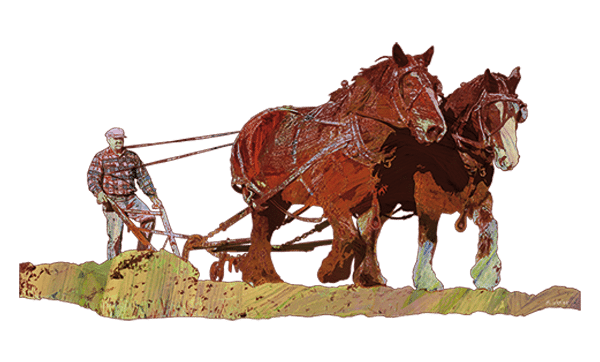
Celtic Fields
The most obvious evidence of ancient farming activities are the celtic fields that can be found throughout Drenthe. celtic fields consist of a pattern of small square fields surrounded by low ridges. The celtic fields were abandoned more than 2000 years ago and have diasppeared in most places due to later farming activities.
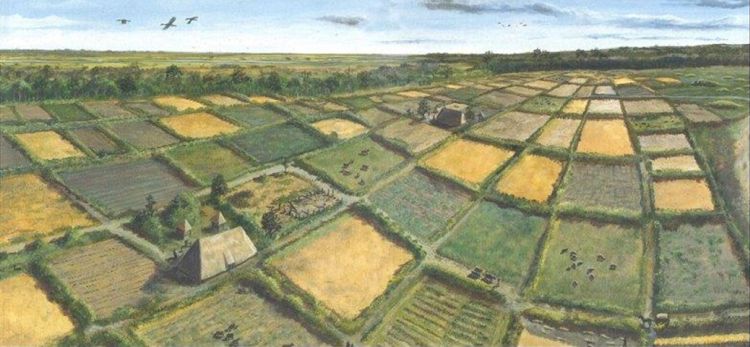
Changes in the old farming practices were very slow initially and were driven by a growing population and changes in the technical and economical possibilities and conditions. The transition of farming is a process that is continuing today. Modern farming is under pressure from environmental requirements and much farmland is transferred back into new nature.
Centuries old farming system
Already in the middle ages every farmer plowed his fields on the raised plots near the village (‘essen’). Pastures and meadows for grazing the cattle and harvesting winterfodder were located in the bottomlands of the nearby brooks and small streams. The remainder of the forests and heathland was commonly owned by the settled farmers. Every day the shepherd herded the sheep from the farms to the heathland and returned them to the fold in the evening. The manure was collected from the folds and was used to fertilize the field plots near the village. Manure was essential to produce a meagre crop from the relatively poor, sandy fields of Drenthe.
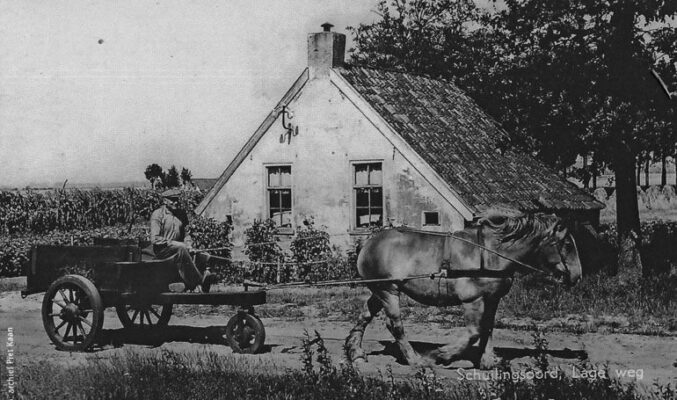
Expanding farms
At the end of the 19th century the arrival of artificial fertilizer spelled the end of the old ways of farming. From now on much larger fields could be cultivated, no longer limited by the availability of sheep manure. Soon most of the heathland was reclaimed and transferred into Farmland. These reclamations, and the land-reorganisations, changed the face of the Drenthe landscape forever.
After the second world war the old ways of farming disappeared rapidly. From now on a farmer was also an agricultural businessman. Farm work became largely mechanized and the farm had to be run efficiently like a modern business. Many farmers in the Hondsrug area ended their business and their land was absorbed by larger farms.
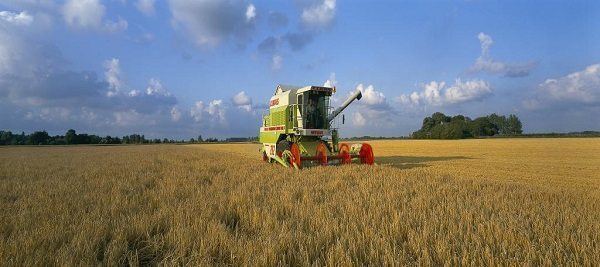
Old and modern farming on display
In many locations on the Hondsrug you can still find traces of the old ways of farming. You can find remnants of the pre-historic celtic fields and the old farming villages in the traditional farming landscape, with its raised field plots. The changes made in the 20th century are visible everywhere: the bog reclamations, the straightened riverbeds (now often restored), the land-reorganisations, the new tree plantations and so on.
In the old farm Nabershof near Emmen the old ways of farming and also the latest developments in farming are on display. The farmhouse and the adjacent new museum are located on a strategic spot, near former celtic fields, a hunebed and on the old road from Coevorden to Groningen. The old farm and the new museum house an extensive collection of old farm tools and implements, but also new, interactive displays about modern farming. This is one of the entry points for UNESCO Geopark de Hondsrug.

